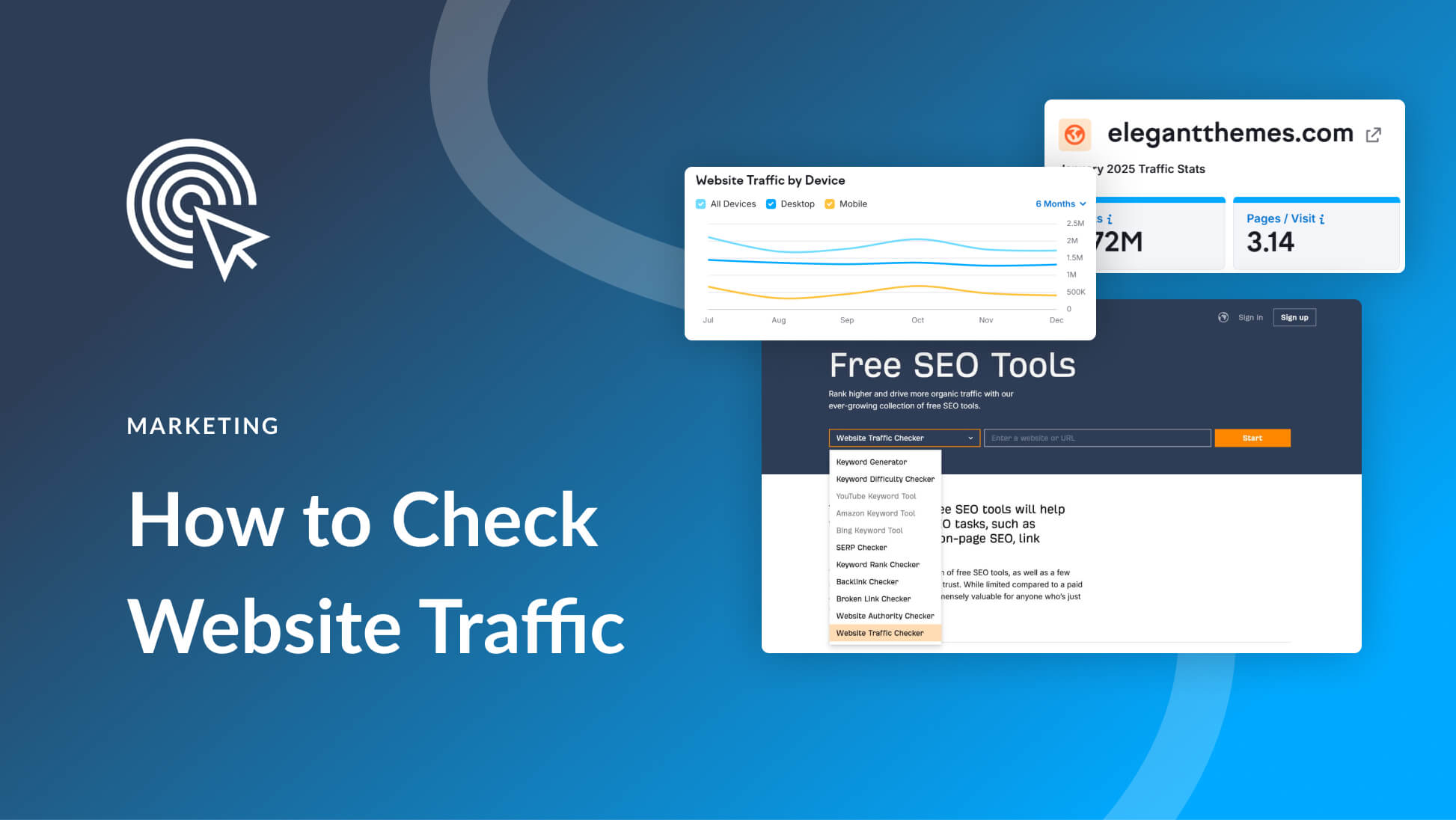When it comes to marketing, knowing who you’re talking to is critical to brand success. If you’re not yet sure how to find your target audience, this knowledge is critical for the success of your marketing campaigns.
If you don’t know who you’re addressing, you will inevitably have an unclear marketing strategy. You’ll also struggle to refine and maintain a consistent brand voice and tone. As a result, you’ll struggle to build brand awareness and get your content, products, and services seen.
So what is a target audience, and how do you find it?
What is a Target Audience?
The people you’re talking to when you market are known as your target audience. Your target audience is, essentially, the picture of your ideal customer. You create a target audience profile by determining what behavior patterns and demographics make up your ideal customer.
If you’ve ever heard the term buyer persona, that’s a representation of your ideal customer. Brands create their buyer personas based on a data-driven combination of demographics and user behaviors. This persona serves to define the kind of people a business wants to reach via social media or traditional marketing channels.
Your ideal customer’s key demographics may include information such as:
- Geographical location
- Age
- Gender
- Past behavior
- Buying history
- Similar interests
- Income
- Employment status
- Life stage
If you’re wondering how to find your target audience, it’s not the same thing as your target market. Target market refers to the industry category you want your brand to fall under. The audience, on the other hand, is people–not other businesses.
Why Defining Your Target Audience is Important for Your Brand
Ultimately, your target audience informs all elements of your marketing strategy across all platforms. Your brand voice, tone, look and feel, and methods of outreach depend on a clear target. Knowing who you are addressing is also critical to effectively engaging your audience.
Having a clear audience top-of-mind helps you consistently craft the right message across all platforms. As a result, you’ll deliver communication that’s relevant to them, their interests, and their needs. The more relevant your content is to your target audience, the more likely you’ll enjoy higher ROI and better conversion rates all around.
When you don’t know your audience, you’re more likely to try to reach as many arbitrary groups as possible. This keeps you from speaking directly to potential customers and spreads you thin. While it’s possible to sell to a number of different audiences outside your target, you’ll sell more by focusing on your primary, ideal customer. That way, you’ll also create more loyal superfans who will spread the word about your brand to others with similar interests.
Top Ways to Identify Your Target Audience
There are a number of ways to pinpoint and hone in on how to find your target audience. Let’s take a look at a few of them.
Dig Into Your Data
Your analytics can tell you a lot about the people who interact with your brand on a regular basis. Take a look at key demographics of your current customers, your email list, and your social media audience. On average, find out details such as:
- How old they are (relative season of life)
- Where they live (time zone for scheduling content)
- What language they speak
- What they’re interested in
- Whether they have kids
Research and monitor your social media channels to find out where your target audience is spending the most time. Then, amp up your marketing efforts on those channels. Each social media platform has its own analytics tools you can access to measure what your followers are engaging with. Tools such as third-party social media scheduling platforms, Keyhole.co and Google Analytics can help you gain a broader understanding of your audience’s activities.
Create a Buyer Persona
Creating an ideal customer for your brand will help you identify your audience. There are many ways to land on your buyer persona. For example, you may want to work with a branding expert or fill out a template yourself. Alternatively, there are DIY persona builders available, like Hubspot’s Make My Persona and Xtensio.
Leverage your data analytics to add dimension to the buyer persona you create. Personas vary widely, and drive how you present your brand. Your buyer persona will reveal whether you need to speak to soccer moms in their mid-30s who love sustainably-sourced products, or to retirement-age men who work out regularly and interact with fitness and personal care profiles via social media. If you’re struggling with how to find your target audience, a buyer persona is the first step.
Study Your Competition
Take a look at your direct competitors who have similar target audiences to yours. How are they communicating with and engaging their followers? Knowing what other companies are doing could help you determine your next steps in engaging your own audience.
Emulating your competition can boost your marketing strategy. In contrast, notice what they’re not doing. You might find that there are holes in their strategy that you can fill–and fill better–in your own. Are there specific pieces of content or engaging marketing that you can leverage with your audience? You might be surprised that studying your competition can help in how to find your target audience, but it’s a strong strategy.
How is your audience communicating about your brand online? What are they saying about you? What sort of impression do you leave on the people who engage with you, both occasionally and on a regular basis?
Social listening can give you a glimpse into what kind of impression you’re making on your followers and customers. It’s a tool you can use to improve your marketing and customer service. It can also help you to determine which individuals resonate most with your brand, so you can adjust your strategy to market to them. Tools such as Brandwatch, Audiense, AgoraPulse, and Awario can all help you track online conversations about your brand.
Wrapping Up
Your target audience is a specific and intentional group of people you are targeting for your business or product. A clear definition of this audience will drive your marketing strategies across all platforms. It will also play a pivotal role in how your business advertises and engages with consumers.
- Study your data analytics
- Create a buyer persona
- Study your competition
Doing your research, analysis, and staying in tune with your marketing channels will help you not only to identify your audience, but to keep your finger on the pulse of their activity. Along the way, you can make adjustments to your content and strategy to improve the customer experience.
Have you identified how to find your target audience? How did you go about doing that? How did it affect your marketing strategy? Let us know down in the comments.
Featured image via Inspiring / shutterstock.com









Thanks so much for sharing such an amazing article
I never had any knowledge of it
I will be coming back for more.
Do you guys have themes for blogspot sites?
Awesome I knew of a targets area audience but I hadn’t paid much attention to it concerning online marketing. Thanks this an eye-opener. I would like to learn more as I continue in my community activities. Thanks.
Hi Haley, thanks for the great tips! This is something which I knew but never did get down to seriously think about creating my target audience and buyers persona. Probably, I thought it wasn’t that important. But your article has re-ignited the importance to me and enhanced my understanding.